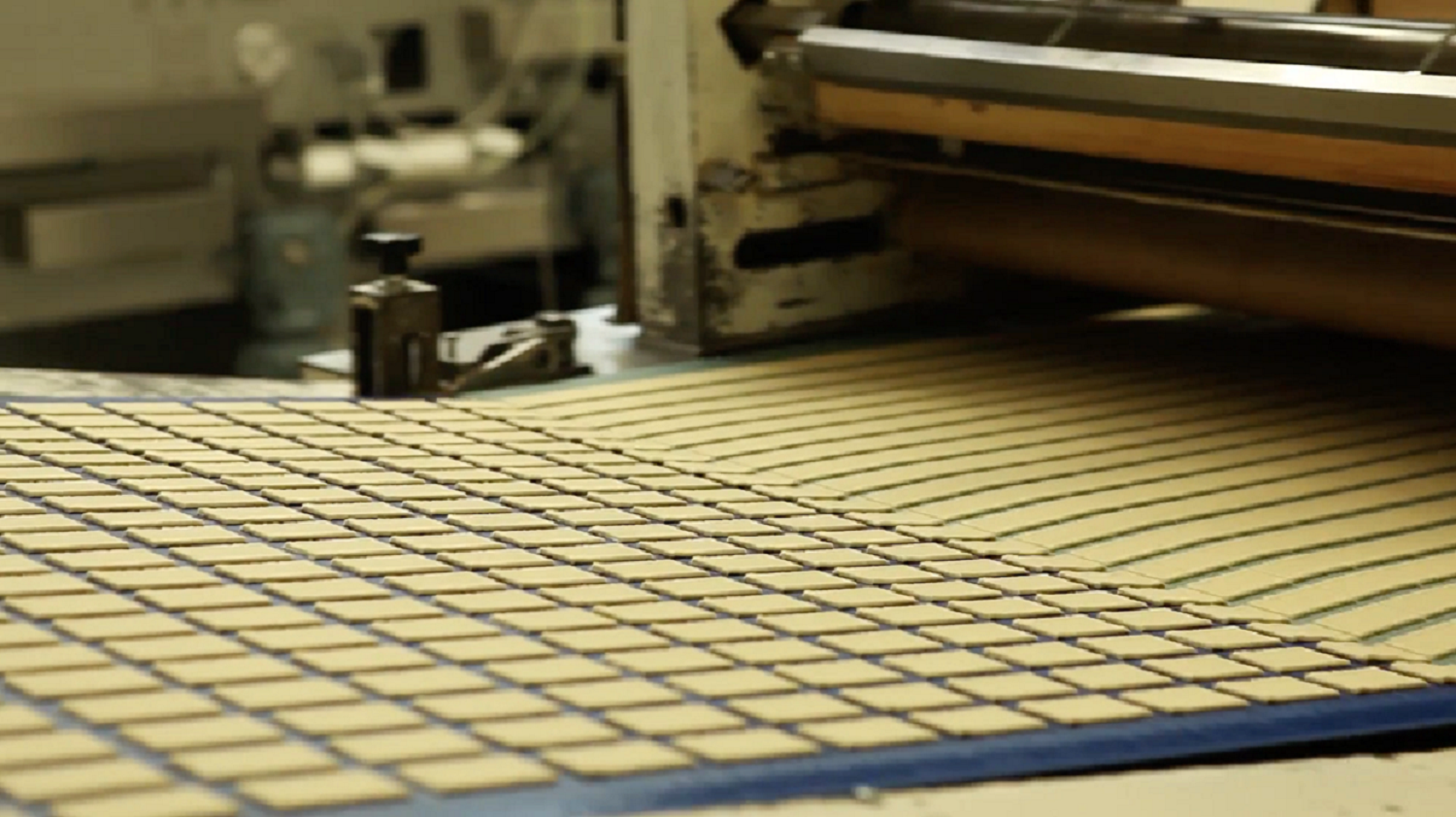5 Ways to Make Your Conveyor Belts Last Longer

As a crucial component in the manufacturing and distribution process, the longevity of conveyor belts directly impacts operational efficiency and cost-effectiveness. Here at Chiorino, we understand the importance of belt durability, so with that in mind, here are five expert tips to help you extend the life of your conveyor belts and ensure your operations run smoothly.
1. Regular Inspection and Maintenance
The key to longevity in any machinery is regular inspection and maintenance, and conveyor belts are no exception. Periodic checks for wear and tear, such as cracks, fraying, or accumulation of debris, can prevent minor issues from escalating into major problems.
We recommend setting a routine maintenance schedule that includes cleaning, lubrication of moving parts, and adjustments to belt tension and alignment. Proactive maintenance not only prolongs the life of your conveyor belts but also maintains optimal performance.
2. Proper Installation and Training
Correct installation is critical to the lifespan of conveyor belts. Misalignment, improper tension, or incorrect assembly can lead to increased wear and tear, and ultimately, premature failure.
Training your staff to properly operate and maintain the conveyor system is equally important. An informed team can significantly reduce the risk of mishandling, which can cause damage to the belts.
3. Choose the Right Belt Material
Selecting the appropriate material for your conveyor belt is vital. Different operations require different types of belts, depending on factors such as the weight of materials being transported, the speed of the conveyor, and the environment it operates.
Here at Chiorino, we offer a range of high-quality conveyor belts designed to meet various industrial needs, from food processing to automotive applications. Choosing a belt that is designed for your specific requirements will enhance durability and performance.
4. Use Load Distribution Systems
Uneven distribution of load on the conveyor belt can cause excessive wear and tear, leading to early failure. Implementing a system that ensures even distribution of materials as they are loaded onto the belt can significantly extend its lifespan. This may include guide rails, chutes, or other mechanisms designed to evenly spread the load. By minimising the stress on any single part of the belt, you ensure more uniform wear, which translates to a longer belt life.
5. Monitor and Control Environmental Conditions
Environmental conditions can have a significant impact on the durability of conveyor belts. Exposure to extreme temperatures, moisture, chemicals, and UV light can degrade materials over time.
Whenever possible, it’s important to control the environment in which the conveyor operates to protect the belt. This may involve installing covers, climate control systems, or using belts made from materials that are resistant to specific environmental challenges.
Extending the life of your conveyor belts requires a combination of proper care, correct usage, and attention to detail. By following these five tips from the Chiorino team, you can ensure your conveyor system operates efficiently for years to come, saving your business time and money in the long run.
If you’d like to find out more about our belting solutions, get in touch with the team today.
